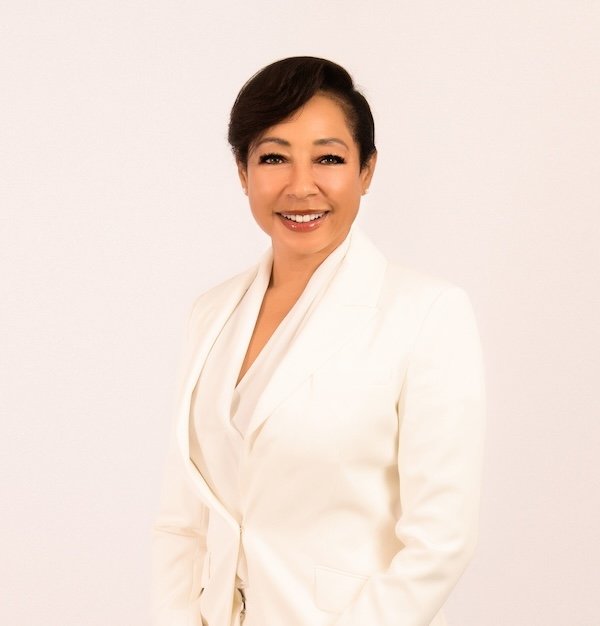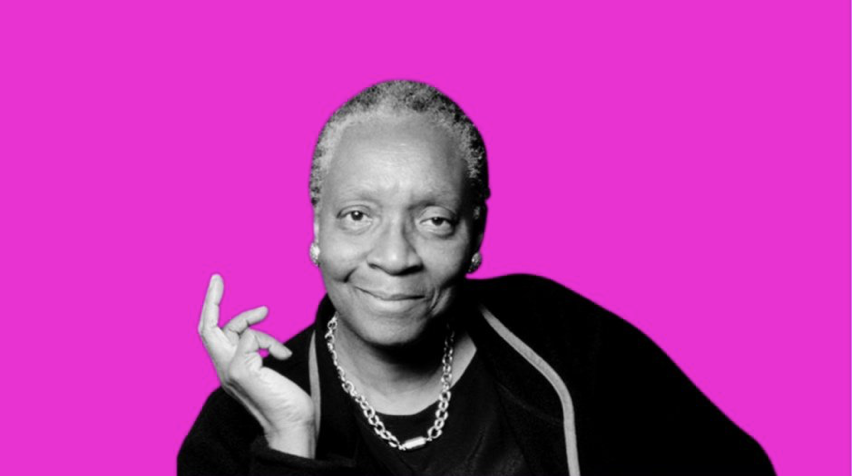Your Father Hit Your Mother: 6 Ways to Recognize and Break the Cycle of Abuse
photo courtesy of Unsplash
written by guest contributor Dr. Melanie Hassain
Domestic violence has been prevalent in the West Indian community for generations. Systemically, this abuse is a socially accepted generational pattern. We often hear “the culture is like that” or “that’s how they handle it in their family.” These common narratives normalize abuse rather than address it as a problem in need of remediation.
Victims of abuse are not the only ones who suffer. Children often times suffer from the perpetualized consequences of abuse. In fact, witnessing abuse often links children to the continuous cycle of toxicity well into adulthood. The experiences children face impacts them mentally, emotionally, and physically, carrying over into their personal relationships. To be placed in the middle of abuse makes us feel pulled, emotionally drained, frustrated, and angry.
[Additional Read: Caribbean Mothers and Daughters Face Generational Trauma]
Watching our mothers being physically or mentally abused can create a pattern. When this behavior is normalized we become susceptible to becoming a victim of abuse. Abuse takes a physiological toll as we struggle to find ways to cope. Daughters in particular may simulate the victim behaviors of their mothers. Sons tend to pick up habits from their fathers, becoming angry and lashing out on others. Human beings are after all, products of our environment and lived experiences. As women, we must become aware of the impact abuse has on our own well-being.
Witnessing physical abuse also adds a complex to parental relationships. It prematurely forces children into adult situations they are not equipped to handle. Who do you side with? How do you protect your mother? How will your relationship with your father look? You may feel torn between two parents. This is a vulnerable and fragile space to be in. The boundaries become blurred. Mentally, there is a psychological component that obscures the way we see relationships going forward. We absorb the anxiety and become a part of the system, often triangulated within it.
The most common reaction to abuse is fear. We become afraid of the abuser and scared for our own safety and for those we love. One of the most detrimental symptoms is feeling at fault, as if we’re the reason for the fight. Placing blame on one’s self is enabling to an abuser. This often fosters a level of mistrust and the emotional connection to our parents is severely impacted.
Additionally, the physical symptoms of abuse are beyond the actual incidents. We experience a sense of heightened anxiety. This heightened state can lead to fatigue, headaches, stomach discomfort, poor nutrition, insomnia, and sleep issues. Stress, anxiety, and fear manifest in many different ways. When not addressed in a safe space, such effects manifest negatively long-term. We cannot address physical and emotional symptoms if we don’t have a safe space to do so. This leaves us with invisible wounds.
For women, the healing process begins with us acknowledging our relationship with the abuse and our parents roles in the events. Being left in a place where we are simultaneously hurting from watching the abuse while figuring out how to move forward with our parents and our wounds requires professional help. However, to break generational patterns of abuse we must start with self-reflection. Here are six steps on breaking the cycle of abuse while creating a new and healthy pattern for generations to come.
1. Create Self-Awareness
Be mindful of your own emotional state. When we react based on our emotions, we lose the inability to think through and make the healthiest decision for ourselves. It’s difficult to not be emotionally reactive in the face of abuse. However, it is especially important to self-reflect and self-preserve during this time. Focus on your well-being by asking the following:
How am I feeling?
What am I experiencing?
What does not resonate with me?
How am I physically?
Was a boundary crossed?
Does this hurt me?
2. Build Your Individuality
Family relationships are an emotional process. The family system is interrelated, creating a great amount of anxiety and life energy. While each family member is impacted emotionally, individuality is important to focus on one’s SELF. Gaining independence means taking care of your needs, thinking on your own, and acting for yourself. As you strengthen your individuality, you tighten your boundaries for self-preservation. Togetherness can be healthy when there is a balance, but too much togetherness makes for co-dependency on others. This is a common feature that perpetuates abusive relationships. As we strengthen our individual forces, we enhance our self-worth by cultivating a positive self-perception. We start to become aware of the toxicity of the relationship. This is a pinnacle moment as we start to create space and boundaries.
3. Create Emotional Distance
Distance is necessary when it comes to toxic or abusive relationships. Creating emotional separation is a way to provide space to honor yourself. Think: what do I need right now? Physical and emotional distance allows you to find personal a rhythm. Take the time to engage in activities you enjoy. (working out, volunteering, applying for jobs) Personal space doesn’t mean avoiding toxic relatives entirely, it means emotionally separating your investment in the relationship to get you into a healthy mental space.
4. De-triangulate from the Toxic Relationship
The smallest, most stable unit is three people (or things). When your mother and father are in a fight they may bring you into their system as an anchor for their problems. This happens a lot of Caribbean families. This behavior increases anxiety and can make us feel blame, confusion, and even guilt. You don’t deserve to be in the middle of anyone’s toxic relationship. The best thing to do is to step away—metaphorically and physically—to create distance. In doing so, you are making a new space for yourself that is healthy and conducive to your own wellbeing. Lean on others for support such as loved ones, friends, and a counselor to channel anxiety in a healthy way. Most importantly hold yourself accountable to keeping this space.
5. Psychoeducation & Resources
You’re not an expert and that’s okay! The best thing to do is to learn more about the cycle of abuse in order to break it. Spend time researching and educating yourself on signs and treatment of abuse. This is a safe way to get help and learn methods to put into practice. Becoming your own resource is invaluable. There are many self-help books and articles available online. Take advantage of internet research. Such content can help one recognize toxic behaviors and also serves to reinforce your newly created triangles.
6. Show Self-Compassion and Start the Healing Process
Love yourself. You are worthy and valuable. It is hard to feel compassion when you aren’t witnessing it. It becomes taxing to trust others, parents, and your family when you feel betrayed or unloved by them. We have to recognize our own suffering and pain to move through it and become comfortable with ourselves. Healing starts with showing self-compassion and forgiving yourself. Wounds run deep. Healing begins when we learn to accept that we are hurting. Through our own self-reflection process, it’s important to realize that building a strong, solid sense of self helps to protect us from outside forces that don’t serve a healthy purpose in our lives. Creating autonomy allows for positive self-determination.
We learn our life’s foundation from our parents. Who we want to be, what we want to be, and more. We observe their behaviors, model them, and sometimes even look down on them. This is part of the process of growing and becoming your own SELF. There may be unrealized patterns, but if we take the time to look outside of ourselves we’ll find the gaps we need to fill with new positive patterns for ourselves and our relationships.
Generationally, patterns are imprinted. Yet, they can be broken and replaced with improved patterns for ourselves and our future generations. First we have to take time to realize we deserve goodness, stand up for ourselves, and our daughters. As women we must honor our individuality and find the inner strength to speak up for our own mental and emotional wellbeing. Awareness, distancing, and creating new patterns are key to breaking the cycle of abuse. This allows us to thrive, create new meaning in our lives, and most importantly breaks the generational toxicity that has plagued the homes of many West Indian women.
If you or anyone you know is a victim of domestic violence please call 24 national domestic violence hotline for help. 1-800-799-7233
About the author: Dr. Melanie Hussain is a Florida based therapist. She received her doctorate degree in Marriage and Family Therapy and holds a masters degree in Family Therapy. Visit her website at www.meltuition.com.











